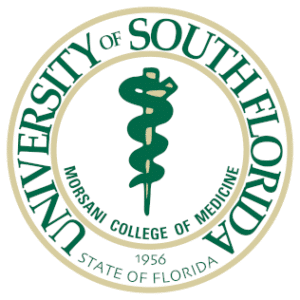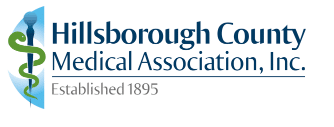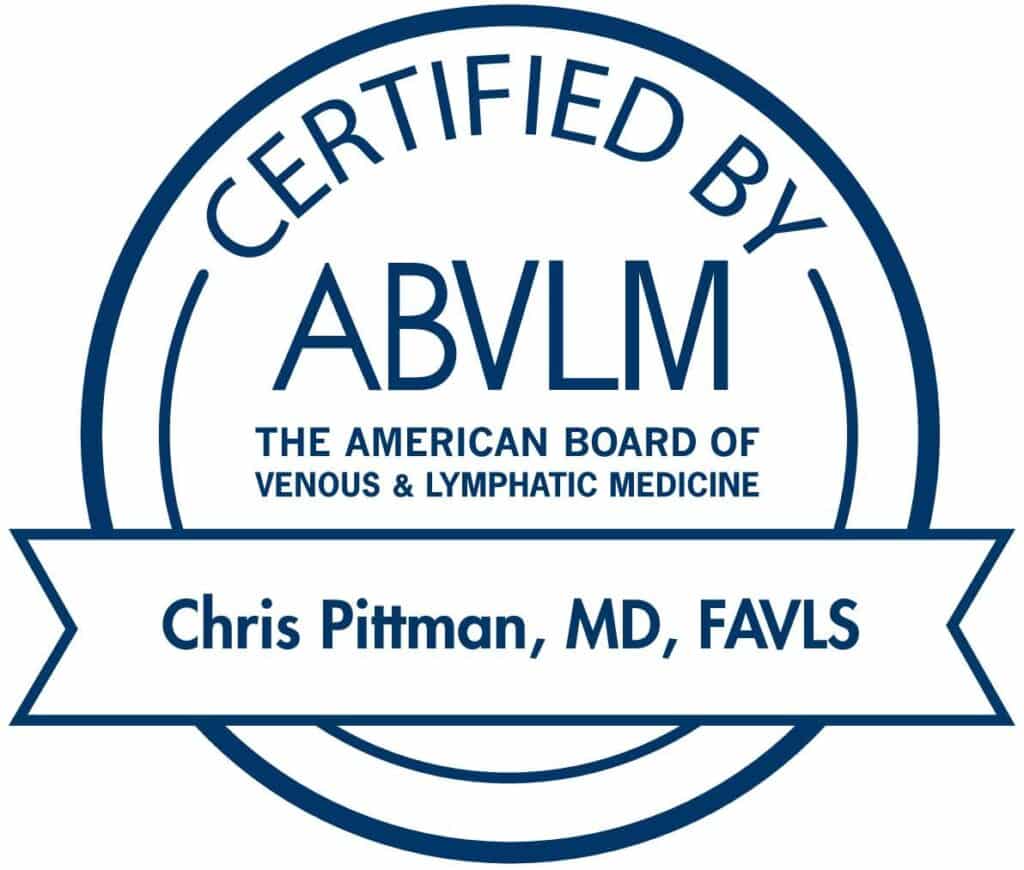The vascular system is made up of vessels that transport blood throughout the body. The arteries, veins, and capillaries all play a role in your body receiving vital substances that it needs to function properly. These vessels transport oxygen, carbon dioxide, nutrients, and blood cells that help to fight illnesses, maintain homeostasis and balance body temperature and pH levels.
The veins are responsible for moving the blood back up to the heart after the oxygen and nutrients have been transported where they need to go. Inside the veins are tiny valves that push the blood in one direction to prevent backflow and pooling of the blood.
Types of veins
Our venous system encompasses a few different types of veins, including:
- Superficial veins – Superficial veins are located near the surface of the skin.
- Deep veins – Deep veins reside deep in the body.
- Communicating veins – Communicating veins (or perforator veins) are veins that connect superficial veins to deep veins.
- Systemic veins – Systemic veins drain the deoxygenated blood from the body’s tissues and transport it back to the heart.
- Pulmonary veins – Pulmonary veins transport oxygenated blood from the lungs to the heart.
When vein disease occurs
Vein disease occurs when the valves within the veins weaken or become damaged, causing the backflow and pooling of blood within the veins. This often manifests as varicose and spider veins. Symptoms of vein disease can include:
- Pain, burning or itchy feelings in the legs
- Throbbing or swelling in the legs
- Heavy or fatigued feelings in the legs
- Restless legs and night cramps
- Skin discoloration and venous ulcers
Ways to reduce risk of vein disease
There are few ways to minimize your risk of vein disease, including:
- Exercising regularly
- Consuming a healthy, balanced diet
- Losing excess weight
- Avoiding sitting or standing for long periods
For more information on how to keep your veins healthy, call the vein specialists at Vein911® Vein Treatment Centers today at (855) 396-9911 to schedule an appointment.











